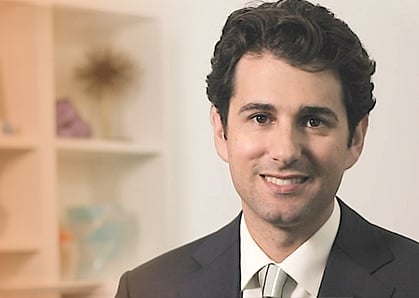Local Governments, Private Developers Should Work Together to Address Effects of Climate Change
Residents of Miami, where our law firm Bilzin Sumberg is based, need no reminder that South Florida is on the front lines of the battle against climate change — particularly during hurricane season.
Fortunately, many of our region’s municipalities have been proactive in prioritizing resiliency. The City of Miami, Miami Downtown Development Authority and the Urban Land Institute recently convened experts from across the U.S. to study climate-related threats in and around the city’s urban core.
The experts provided a suite of recommendations for adapting to climate change and preserving a good quality of life along the waterfront, including installing living shorelines, prioritizing green infrastructure and accessing sustainable financing tools.
While our community is doing more than many cities to become resilient – including a multi-million dollar upgrade to the county’s sewer system and Miami Beach’s installation of storm-water pumps and tidal control valves – uncertainty remains over how to pay for long-term solutions such as desalination plants and raised roadways.
Fortunately, there is a proven model for funding, constructing, operating, and maintaining large-scale infrastructure projects that will make our community more resilient: public-private partnerships.
P3s, as they are known, are contractual agreements between a government and a private entity in which the private sector takes on the risks associated with developing, financing, operating, and maintaining public infrastructure. P3s are a cost-effective approach to building critical infrastructure projects in less time, while minimizing the public sector’s risk.
In a properly structured P3, the private partner does not earn a return on its investment if the infrastructure becomes unavailable for use by the public.
For example, if a company were responsible for redeveloping coastal roads and keeping them operational over the next 40 years or more, then the private partner will have every incentive to design and deliver roadway improvements that can meet that challenge.
And if the company makes the wrong bet — such as raising the road by only one foot when two feet were needed — then it will endeavor to rebuild the road as quickly as possible. After all, for every day the road is underwater, the private partner and its investors lose money.
South Florida has been an early adopter of the P3 model, with one of the nation’s most innovative and effective projects right in our own backyard. The PortMiami Tunnel was developed through a partnership with a private contractor. In its first year, the tunnel diverted 80 percent of the street-clogging trucks headed for PortMiami away from Downtown roads.
Hardening our infrastructure to withstand the effects of climate change is not about one mega-project, but rather hundreds or even thousands of smaller, independently financed projects. A recent transaction in Pennsylvania provides a roadmap for leveraging private capital, overcoming funding shortfalls, rapidly delivering hundreds of infrastructure improvements, and securing political support.
In 2014, the Pennsylvania Department of Transportation set out to design, build, finance, operate and maintain 588 bridges across the state. A project of this magnitude required the buy-in of 67 counties and countless municipalities.
In the end, the Pennsylvania DOT procured a world-class developer to lead the project and benefited from significant economies of scale by bundling its statewide assets. Today, construction has been completed on 546 bridges — a pace unimaginable without the private sector’s involvement.
The Penn Bridges model could be used to deliver critical infrastructure improvements within our own community that combat the effects of climate change, including rising seas, stronger storms and intensifying tidal flooding.
The looming question is how to pay for these solutions, which is a conversation that must begin today. Public-private partnerships are a common-sense answer that South Florida should embrace as we plan for our region’s future.
This article is reprinted with permission from Sun Sentinel
